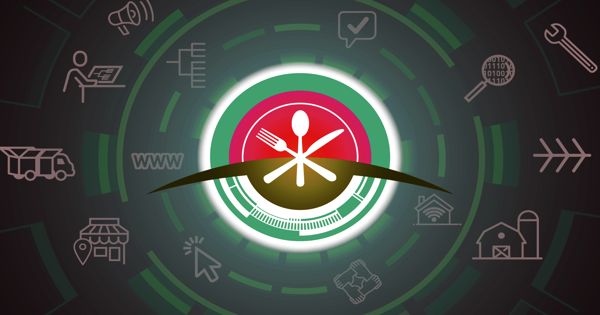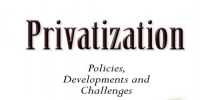Effective Food Safety measurement helps in Pandemic Situation
Pandemic is a term used in public health to describe a disease that crosses international borders and involves a wide number of people. Food protection is part of the FAO’s response and recovery program to support countries avoid the COVID-19 pandemic from destroying food structures that rely on food protection, health, and livelihoods for many. A model for handling food safety accidents has been built by a diverse team of scholars and researchers from the Flinders University College of Medicine and Public Health and the College of Nursing and Health Sciences, who claim that the same applications can be applied to pandemic management. The lack of food safety controls in the handling, processing, and selling of food raises the risk of cross-species contamination.
A model for successfully managing food safety incidents has been developed by a diverse team of academics and researchers from Flinders University’s College of Medicine and Public Health, and the College of Nursing and Health Sciences – and they believe the same applications can apply to pandemic management.
“It’s crucial that the public does not lose trust in governments and the officials communicating information during a crisis,” says Dr. Annabelle Wilson of the Flinders University College of Medicine and Public Health. Food safety issues that are not inherently science-based and anxiety over domestic food availability and consumer volatility have contributed to new import sanctions, which have worsened the problem and created delays in supply chains. “The key is to be transparent in messaging. Our model was developed to address food incidents, and it highlights strategies to used to communicate effectively with the public. The same ideas make sense in a COVID-19 situation.”
The Flinders research model describes 10 tactics, including transparency; creation of policies and procedures; credibility; proactivity; placing the public first; engaging with stakeholders; consistency; informing stakeholders and the public; developing your reputation; and maintaining your commitments.
Consumers will be expected to avoid fleeing their homes during a pandemic. As a result, retailers could see their company move to fewer visits with an expanded basket size. Demand for online shopping, self-checkout, and home delivery may be big. The concept was introduced to main government bodies, including SA Health and Food Standards Australia, New Zealand, and the initial study was repeated in Ireland. “We have observed that in times of crisis as a result of a significant food incident-when the public can question who they trust-it is important that messages from food inspectors and government officials be trusted so that the public can respond in accordance with the advice.
“Therefore, the model we created focuses on how authorities can best communicate key messages to the public – which in a pandemic involves key behaviors like social distancing.” While pandemic management differs from a food incident – as the responsibility to act is with the public rather than identifiable regulatory bodies, and governments must weigh competing risks in creating policy – the Flinders researchers conclude that many of the strategies identified in their food trust model could be successfully applied to the maintenance of trust in public health officials prior to, during, and after pandemics.
Developing and enforcing food safety controls at the workplace will strengthen trust between leaders and workers by stressing how their practices can protect their clients, colleagues, and themselves. “The ultimate goal is to maximize trust between the public and governments in Australia, to support public adherence of public health recommendations in response to COVID-19, such as social distancing and isolation,” says Dr. Wilson.
“Ideally, we would like to test the application of this model in the COVID-19 pandemic context, and then roll it out for use by state and federal governments across Australia. We currently have a grant application under review to ideally help us to do this.”














